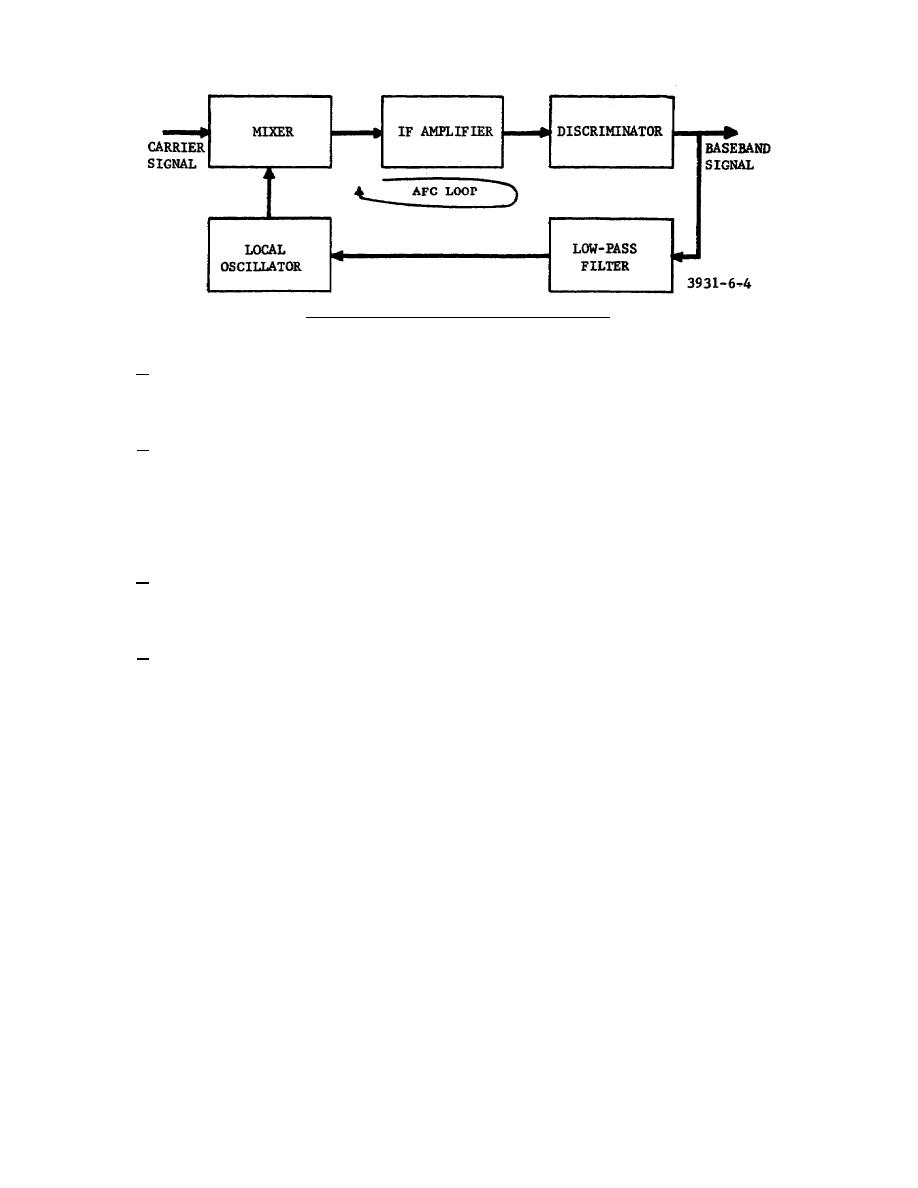
Figure 113. Frequency-sensitive AFC circuit.
b. The discriminator is a frequency-sensitive device that converts the IF changes that are above or below
the desired IF into positive or negative dc (baseband) signals. If there are no frequency changes in the IF, there is
no output from the discriminator.
c. Since the incoming signal is frequency modulated, the IF varies at the baseband-frequency rate. If
these variations are fed back to the local oscillator, the local oscillator's frequency will change and cause the
mixer to reduce the deviations in the IF signal. It is generally undesirable to use the baseband to control the local
oscillator. Therefore, AFC circuits use a low-pass filter to prevent the baseband frequency from being fed back to
the local oscillator. The low-frequency variations representing the drift of the IF average value will be passed by
the low-pass filter to the local-oscillator stage.
d. The local oscillator is a voltage-controlled oscillator QVCO) whose output is combined in the mixer
to produce the IF. A dc voltage is applied to the local oscillator from the discriminator through the low-pass filter
to control the operating frequency.
e. The AFC loop will attempt to maintain the IF at a constant value regardless of whether the IF tends to
increase or decrease.
(1) Assume that the IF increases and that, as a result, the discriminator produces an average output
which is positive. (The output polarity depends on the actual circuit configuration and the
requirements of the local oscillator.) The positive voltage, when applied through the low-pass
filter, causes the local-oscillator frequency to increase. As the frequency of the local oscillator
increases, the IF decreases toward the desired value. As the IF decreases, the output voltage from
the discriminator will also decrease. When the average IF is at the proper value, the output from
the discriminator has an average value of zero.
(2) As the IF decreases, the output from the discriminator assumes an average voltage which is
negative. The average negative voltage causes the local-oscillator frequency to decrease and the
IF to increase toward the desired value. As the IF approaches the desired value, the voltage
output from the discriminator approaches an average value of zero.
344 L3
121



 Previous Page
Previous Page
